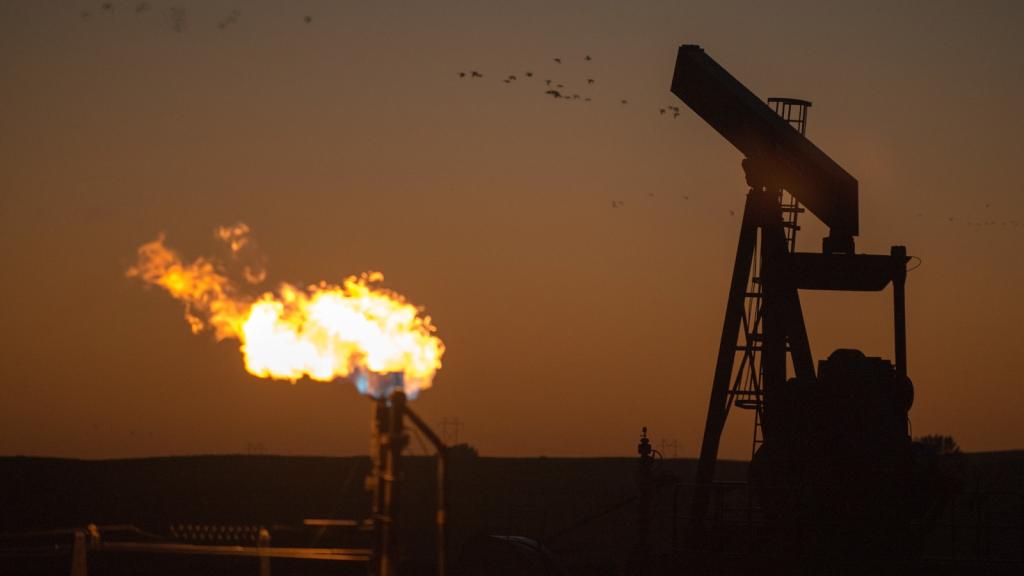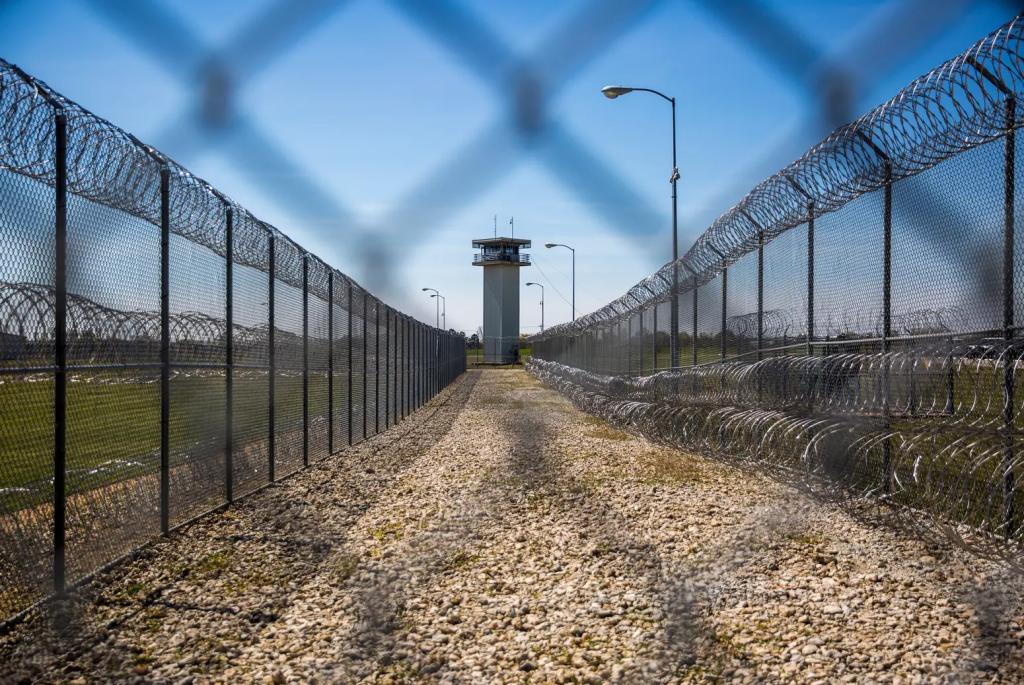Exhibiting a curious mixture of nostalgia and irreverence, Al Gore returned to the halls of Congress yesterday to make the case for sweeping federal action to fight global warming.
Buoyed by his recent Academy Award triumph, Gore testified at hearings in both the House and the Senate. Audiences of hundreds lined the oak-paneled walls of the hearing rooms, crowded the aisles, and craned their necks for a glimpse of Capitol Hill’s comeback kid. It was the kind of blockbuster turnout that Gore now draws at nearly every public appearance, yet in this case it felt particularly profound given that his last visit to congressional turf in January 2001 — when he presided over the Senate in his final days as veep, after a foiled presidential bid — marked the loneliest hour of his political career.
“It’s an emotional occasion for me,” Gore confessed at the outset of his House testimony. Throughout the course of the hearings, which together lasted more than four hours, he exchanged affectionate greetings and memories with many of the dozens of participants from both sides of the aisle — former colleagues on the House Energy and Commerce Committee and the Senate Environment and Public Works Committee, both of which he served on during his 16-year congressional career.
But amid the niceties, Gore got down to business. While much of the media coverage has portrayed his visit as a largely symbolic attempt to raise the political profile of the climate issue, too little attention has been paid to the ambitious set of 10 legislative recommendations that were the centerpiece of his testimony. The recommendations were so ambitious — so politically implausible, some might say — that they could arguably disqualify Gore from any hope of again becoming a viable political candidate. Either that, or these high-flying goals could make him all the more unstoppable.
“First, we need to immediately freeze CO2 levels in the U.S.,” Gore enjoined the crowd. He then proposed a cap-and-trade program that would slash greenhouse-gas emissions 90 percent by 2050. (This goal outstrips the most ambitious yet proposed in Congress, which calls for reductions of 80 percent by the same date, and is widely considered unattainable.)
Gore went on to recommend a program that would significantly cut income taxes and make up the lost federal revenue with pollution taxes, principally on carbon dioxide. “I fully understand this is considered politically impossible,” he said, “but part of our challenge is trying to expand the limits of what is possible.” When Sen. Hillary Clinton (D-N.Y.) questioned the need for both a carbon cap and a carbon tax, given that the debate is typically over one or the other, Gore argued for both.
Other items on Gore’s legislative list included a new global post-Kyoto treaty that Congress should “sprint to ratify” by 2010; a moratorium on the construction of new coal plants that would not be compatible with carbon-capture and sequestration technology; stricter fuel-economy standards; a ban on incandescent light bulbs; and a carbon-neutral mortgage association (CNMA or, as Gore pronounced it, “Connie Mae”) that would help homeowners finance energy-saving technologies and renewable-energy installations.
Capping off his list was a proposal for a so-called “electranet” — a distributed network that would enable small-business owners and homeowners to become individual electricity producers, feeding their excess renewable energy back into the grid.
Gore had floated most of these proposals casually in past public presentations, but never in such a comprehensive package or in such a visible context. If his list of recommendations was surprisingly gutsy, more surprising still was the fact that few of his Democratic colleagues even blinked at their scope. In fact, most scarcely commented on the specifics, instead offering him good tidings and praise for his climate work.
“Welcome back, welcome home old friend,” smiled Rep. John Dingell (D-Mich.), chair of the House Energy and Commerce Committee, who had invited Gore to the hearing. Rep. Ed Markey (D-Mass.) called Gore “a prophet” on climate change who has long “had [his] finger on the pulse of the 21st century.”
“You really are a role model for us all,” said Sen. Barbara Boxer (D-Calif.), who presided over the Senate hearing. “It’s not every day that this committee has an Academy Award winner testifying!” kvelled Sen. Amy Klobuchar (D-Minn.). “This has been absolutely wonderful!” beamed Hillary Clinton at the conclusion of the hearing.
The effusive praise clearly overwhelmed Gore, and he groped for some alternative to the litany of thank-yous he’d been expressing. “You don’t give out any kind of statue or anything, do you?” he deadpanned, in a spoof of his recent Oscar success. Boxer did have a trophy of sorts, in fact — a bound transcript of a recent Senate hearing on climate change. When she presented it to him, the congressional paparazzi went wild.
In between the two hearings, Gore met with top Dems — he lunched with Boxer, and took meetings with Senate Majority Leader Harry Reid (D-Nev.) and Speaker of the House Nancy Pelosi (D-Calif.).
But perhaps a better indication of Gore’s political potency was the half a million protest messages he brought with him from citizens who had called for congressional action on climate change via AlGore.com. A sampling of the letters were on display in two huge crates that sat next to Gore during his testimony.
Further reaffirming Gore’s sway were the discomfort and dismay he seemed to effortlessly inflict on a handful of skeptical Republicans. Rep. Joe Barton (R-Texas), ranking member of the Energy and Commerce Committee, was beside himself at the House hearing, complaining that Gore hadn’t handed in a copy of his testimony 24 hours in advance, thereby leaving committee members at a disadvantage. “How are we supposed to prepare questions?” he griped. Groaned Texas Rep. Ralph Hall (R), “Today we are witnessing an all-out assault on all forms of fossil fuels and energy!” Later in the day, James Inhofe (R-Okla.), the Senate’s most die-hard climate-change denier, fumed when he felt Gore was taking too long to answer his questions. “You had 30 [minutes to speak],” he squawked. “I had 15! You’ve got to let me have my 15!” Gore came out of it all looking like an elder statesman while his detractors looked like fearful, squabbling teenagers.
Not surprisingly, Gore was barraged in the hallways with questions about whether he would mount another presidential campaign in 2008, to which he flatly replied, “I don’t have plans to run for president again.”
Indeed, his gutsy, devil-may-care attitude would seem to indicate that he doesn’t intend to jump back into the political arena. But then it’s this very lack of concern for political pragmatism, this willingness to take big risks, that would enable a true leader to weather and rise above the current political climate.

